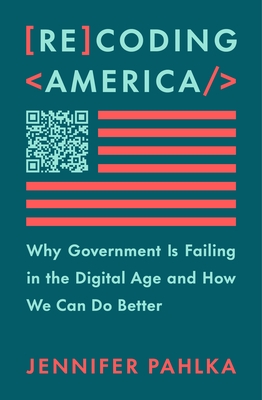What do you think?
Rate this book


336 pages, Hardcover
First published June 13, 2023
“I’ve spent my entire career training my team not to have an opinion on business requirements,” [Kevin] told me. “If they ask us to build a concrete boat, we’ll build a concrete boat.” Why? I asked. “Because that way, when it goes wrong, it’s not our fault.”

The degree of government's reliance on the digital realm has grown steadily for decades, without a corresponding growth in digital literacy.
It's easy to complain about government but more satisfying to help fix it.